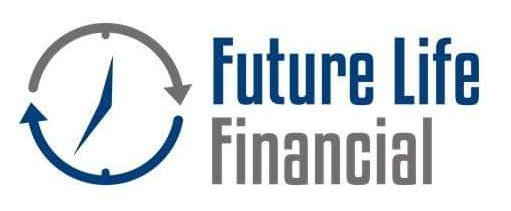Life insurance is a crucial tool for funding buy-sell agreements, which help business owners plan for the transition of ownership in case of death, disability, or retirement. Here’s how it works:
Step 1: Establishing the Buy-Sell Agreement
A buy-sell agreement is a legal contract between business owners that outlines what happens if one owner exits the business due to death, disability, or other circumstances. It ensures a smooth transition by specifying who will buy the departing owner’s share and at what price.
Step 2: Choosing the Right Life Insurance Policy
Each business owner purchases a life insurance policy on the other owners. There are two common structures:
- Cross-Purchase Agreement: Each owner buys and owns a policy on the other owners.
- Entity Purchase Agreement: The business itself buys and owns policies on each owner.
Step 3: Funding the Agreement
- If an owner passes away, the life insurance payout provides funds to buy out their shares from their estate or family.
- This ensures that the remaining owners retain control of the business without financial strain.
Step 4: Policy Maintenance
Business owners must regularly review the policies to ensure they provide sufficient coverage for the current value of the business. As the business grows, coverage may need to be adjusted.
Benefits of Using Life Insurance in Buy-Sell Agreements:
✅ Ensures a smooth transition of ownership ✅ Prevents financial strain on surviving owners ✅ Provides liquidity without requiring debt or asset liquidation ✅ Guarantees that heirs or family members receive fair compensation
Final Thoughts
A well-structured buy-sell agreement funded by life insurance helps safeguard both the business and the owners’ families. It ensures continuity, financial security, and a clear plan for succession.
